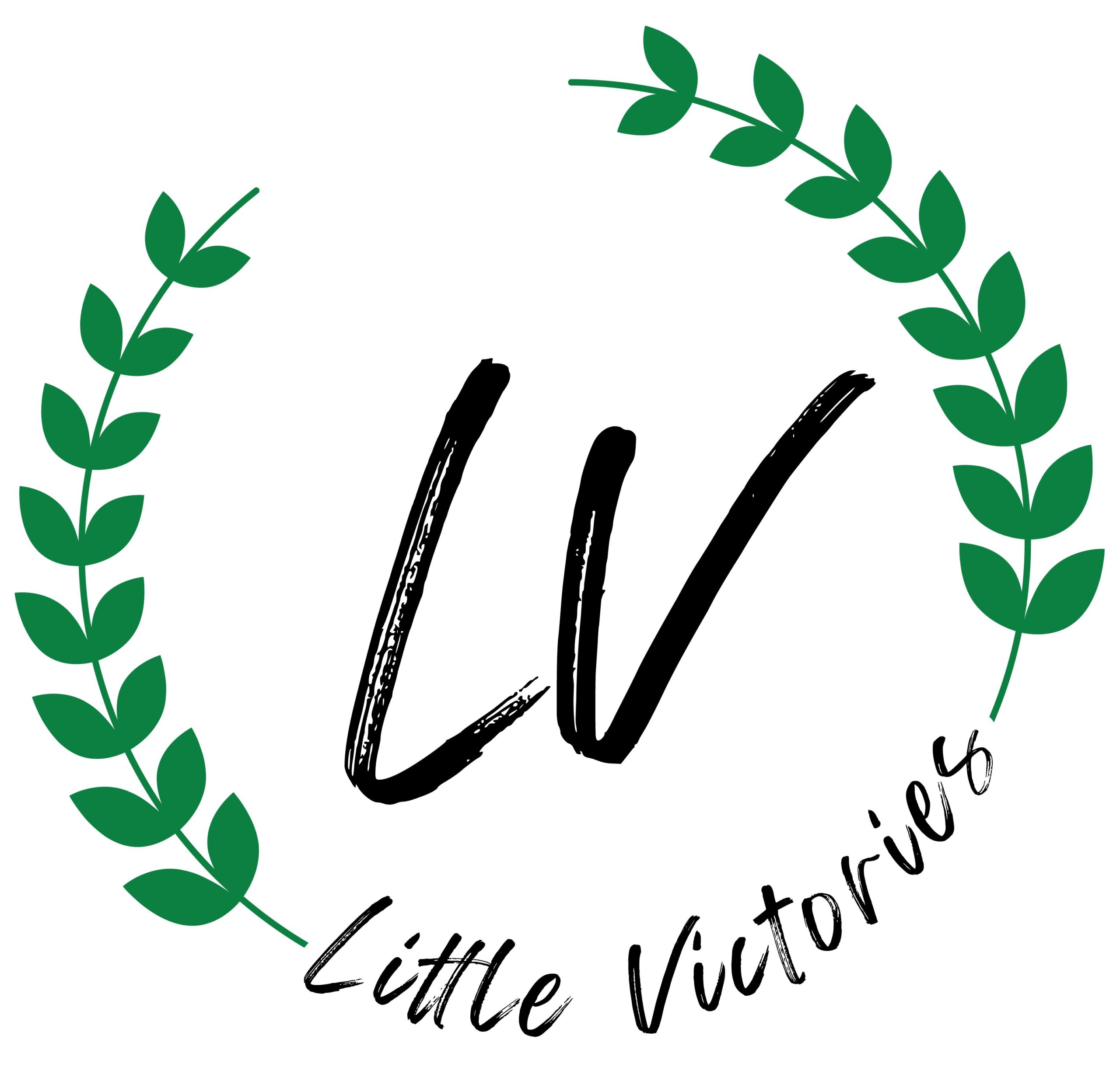Understanding autism awareness and acceptance is essential for fostering inclusive spaces. Awareness helps you recognize and appreciate the unique traits of individuals on the spectrum, promoting empathy and breaking down stereotypes. In contrast, acceptance goes further by valuing individual perspectives and ensuring everyone feels respected and heard. It encourages us to listen to autistic voices and advocate for inclusive practices, honoring the contributions they bring to our communities. As you explore this topic, you’ll discover the steps we can take together to shift from awareness to a true culture of belonging and understanding for all.
Key Takeaways
- Autism awareness emphasizes understanding and support, while acceptance celebrates individuality and the unique perspectives of autistic individuals.
- Moving from awareness to acceptance involves fostering empathy and creating safe, inclusive environments for those on the spectrum.
- Inclusion enriches communities by valuing diverse abilities and perspectives, ensuring everyone feels understood and belongs.
- Transitioning to acceptance requires dismantling stereotypes through education and open dialogue with autistic voices.
- Genuine acceptance is a journey that involves listening, advocacy, and celebrating progress in fostering a culture of inclusivity.
Defining Autism Awareness
Autism awareness is more than just a buzzword; it’s an essential step in fostering understanding and support for individuals on the spectrum. When you take the time to learn about autism, you’re not only educating yourself but also creating a ripple effect that encourages others to do the same.
Awareness involves recognizing the diverse ways autism can manifest, from communication styles to sensory sensitivities. It’s about knowing that each individual has unique strengths and challenges. By understanding these nuances, you can cultivate empathy and create an environment where everyone feels valued and included.
Awareness also means breaking down stereotypes and misconceptions. You might encounter myths that paint a negative picture of autism, but by challenging these narratives, you help pave the way for more accurate representations.
Engaging in conversations about autism can foster connections with those who are on the spectrum, allowing you to see the world through their eyes. You’ll find that awareness isn’t just about knowledge; it’s about building relationships, championing inclusion, and ultimately creating a community where everyone belongs.
Your commitment to awareness can truly make a difference in someone’s life.
Understanding Autism Acceptance
Embracing autism acceptance means recognizing and celebrating the individuality of those on the spectrum. It’s about understanding that each person with autism has unique strengths, challenges, and perspectives. Acceptance goes beyond simply acknowledging their existence; it involves actively valuing their contributions to society and fostering an environment where they feel safe and respected.
When you practice autism acceptance, you create a space where individuals can thrive without the fear of judgment or misunderstanding. It’s important to listen to their voices, learn from their experiences, and appreciate the richness they bring to our communities.
You might find that by embracing these differences, you not only grow as a person but also help dismantle the stereotypes and misconceptions that often surround autism.
Autism acceptance encourages open dialogue, empathy, and support. It invites you to educate yourself and others, breaking down barriers that hinder understanding.
By choosing acceptance, you’re not just promoting awareness; you’re nurturing a culture of inclusion, where everyone has the opportunity to belong.
The Importance of Inclusion

Inclusion is more than just a buzzword; it’s an essential principle that enriches our communities and lives. When you embrace inclusion, you create spaces where everyone, regardless of their abilities, feels valued and understood.
It’s about recognizing the unique strengths that each individual brings and making sure that everyone has a seat at the table.
Think about it: when you include someone with autism in your activities, you’re not just enriching their experience—you’re enriching yours too. You gain fresh perspectives, develop deeper connections, and foster a sense of belonging that benefits everyone involved.
Inclusion isn’t just a nice idea; it’s a crucial ingredient for a thriving community.
However, it requires intentionality. You can start by advocating for inclusive practices in schools, workplaces, and social settings. Encourage open conversations and educate yourself and others about autism.
Small actions, like inviting someone to join a conversation or consider their unique communication style, can make a huge difference. By prioritizing inclusion, you’re not only championing acceptance but also cultivating a world where all individuals can flourish together.
Ultimately, that’s what we all want—a place where everyone feels they truly belong.
Challenges in Transitioning
Moving into new environments can be particularly intimidating for individuals on the autism spectrum, and it’s essential to understand the unique challenges they face.
You might notice that changes in routine or unfamiliar settings can trigger anxiety, making it tough to engage and connect. The sensory overload from new sights, sounds, and smells can feel overwhelming, heightening feelings of isolation.
Social interactions can also present a hurdle. You may find it challenging to interpret social cues or navigate the unspoken rules of new groups. This can lead to misunderstandings or feelings of exclusion, which only add to the stress of changing.
It’s important to recognize that these challenges aren’t personal; they stem from the way your brain processes information differently. Acknowledging this can help you advocate for yourself and seek support.
Finding allies who understand your experiences can make a world of difference. Surrounding yourself with supportive individuals who are patient and open can ease the change and foster a sense of belonging.
Steps Toward Genuine Acceptance
While it’s easy to talk about autism awareness, genuine acceptance requires a deeper understanding of the nuances involved. To truly embrace individuals on the spectrum, start by listening. Engage with autistic voices, hear their experiences, and appreciate their unique perspectives. This isn’t just about acknowledging their existence; it’s about valuing their insights.
Next, educate yourself and others. Knowledge is a powerful tool in dismantling stereotypes and misconceptions. Share resources, attend workshops, and encourage conversations about autism in your community. The more informed we all are, the more understanding we can foster.
In your daily interactions, practice empathy. Recognize that each person with autism has their own strengths and challenges. Encourage inclusion by creating environments where everyone feels safe and valued.
Whether in schools, workplaces, or social settings, advocate for policies that support diversity and acceptance.
Lastly, be patient. Acceptance is a journey, not a destination. Celebrate progress, however small, and remain open to learning. By actively participating in this journey, you’re not just promoting awareness; you’re contributing to a culture of true acceptance and belonging for everyone.
Frequently Asked Questions
What Are Common Misconceptions About Autism Awareness?
You might think autism only affects children or that it looks the same for everyone. Many overlook the strengths individuals with autism possess, assuming they can’t communicate or socialize, which isn’t true for everyone on the spectrum.
How Can I Support Someone With Autism Daily?
You can support someone with autism daily by listening actively, respecting their preferences, and creating a comfortable environment. Celebrate their strengths, be patient, and offer encouragement—small gestures can make a big difference in their lives.
What Role Do Schools Play in Autism Acceptance?
Schools play an essential role in fostering autism acceptance by promoting understanding, celebrating diversity, and creating inclusive environments. You can encourage this by advocating for programs that educate students about neurodiversity and support all learners.
Are There Different Types of Autism?
Yes, there are different types of autism, often categorized into various spectra. Each individual’s experience is unique, so it’s important to embrace and celebrate these differences, fostering understanding and connection within your community.
How Can Businesses Promote Autism Inclusion in the Workplace?
You can promote autism inclusion by fostering a supportive culture, providing training for staff, implementing flexible work arrangements, and actively seeking input from neurodiverse individuals. It shows you value their unique perspectives and talents.
Conclusion
As we navigate the journey from awareness to acceptance, remember that understanding autism isn’t just about knowing the facts; it’s about embracing individuals for who they truly are. You can play an essential role in fostering inclusion and breaking down barriers. By listening, learning, and advocating for genuine acceptance, you contribute to a world where everyone feels valued. Let’s commit to not just recognizing differences but celebrating them—because every person deserves to be seen and accepted.




0 Comments